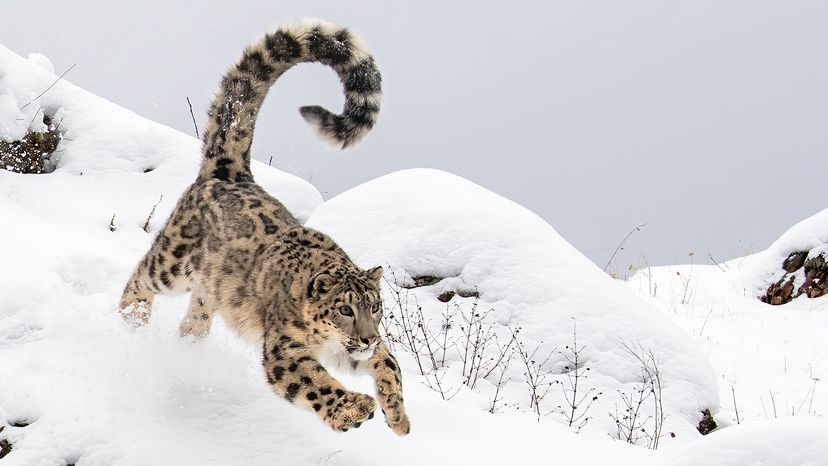
Often called the "ghosts of the mountains," the elusive snow leopard is one of the most mysterious big cats. Found in the rugged mountain ranges of Central Asia, these beautiful animals are perfectly adapted to their harsh, cold environments.
Known scientifically as Panthera uncia, snow leopards are one of the most striking members of the Panthera species. Learn more about their physical characteristics, behaviors and the challenges they face in the wild.
Advertisement